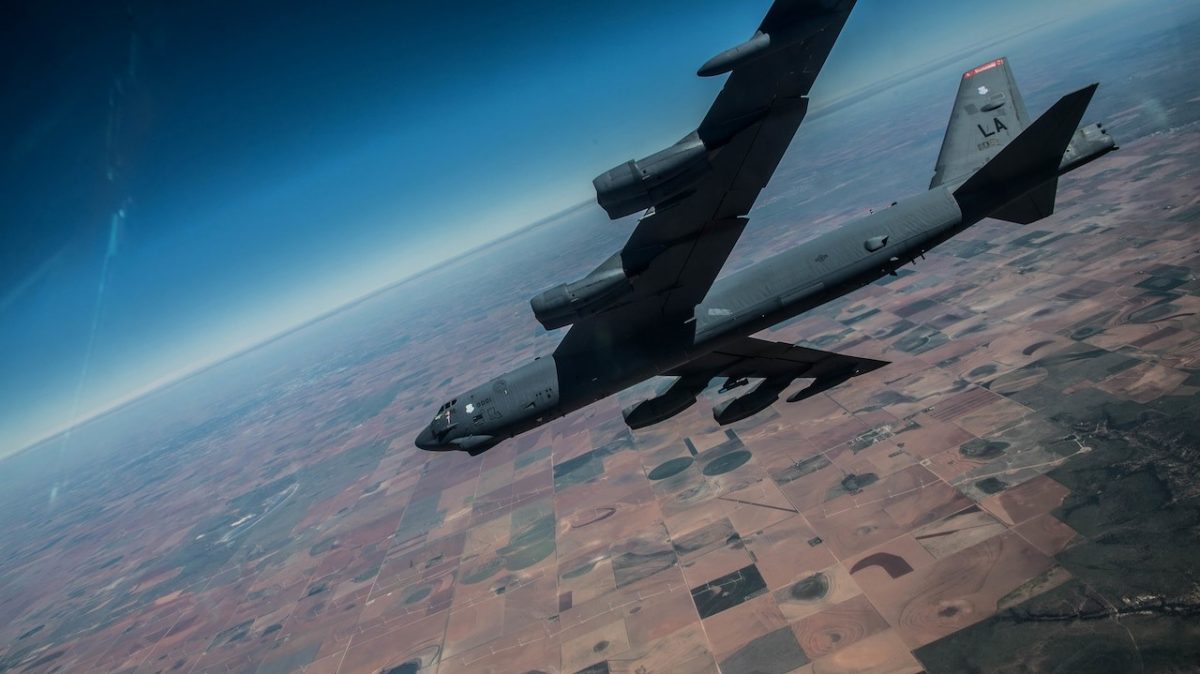Two vital studies, one to update America’s National Defense Strategy and the other to review the nation’s nuclear defenses, will soon be completed.
The two analyses come at a time when the U.S. faces unprecedented threat levels from China and Russia. These dangers are significantly different than anything faced since the collapse of the Soviet Union, and require entirely different approaches.
For about three decades, the Pentagon was significantly superior in technology and raw power than its opponents. That era has come to a dramatic end. It now faces China, which has a larger navy than the U.S., and a Russia with a superior nuclear arsenal.
The new National Defense Strategy is expected to be completed early next year. When delivered, it will provide a new set of goals and priorities for America’s defense, according to Colin H. Kahl, the undersecretary of defense for policy. He Notes that the documents will spell out, among other things, priorities for modernizing the U.S. nuclear triad and ensure that the United States has the right capabilities matched with the national nuclear strategy. The review will also examine how the United States can take steps to reduce the role of nuclear weapons in its national security strategy while ensuring the strategic deterrent remains safe, secure and effective and that the extended deterrence commitments to its allies remain strong and credible.
That may be a vain hope. Vladimir Putin has emphasized increased use of small, “battlefield” nuclear weapons. China is expected to potentially quadruple its nuclear weapons within this decade.
Budgetary decisions will have to be made that recognize the dramatically heightened threats. While America’s adversaries have invested heavily in both conventional and nuclear weaponry, the Pentagon faces reduced funding, when accounting for inflation, at a time when it must replace aging strategic forces and conventional weaponry that has been depleted and overused in the Middle East and Afghanistan.
Especially important to the FY 2023 budget will be decisions Washingrton must make about modernizing and replacing the aging systems of the nuclear triad, which includes ground-launched, submarine-launched and air-launched nuclear weapons. Modernization also involves new submarines, such as the Columbia-class ballistic missile submarines; new intercontinental ballistic missiles as part of the Ground-Based Strategic Deterrent program; and new bomber aircraft, such as the B-21 Raider.
“I do think we need to have a modernized triad as a hedge against an uncertain technological future, but one where we expect our adversaries to be quite competitive and building up their own capabilities,” Kahl said, adding that, in addition to triad modernization, related nuclear command and control systems must also be upgraded.
While Kahl said he can’t predict exactly how the NPR will look when it’s complete, he did say the U.S. remains committed to its nuclear deterrent and its extended deterrence commitments.
“I don’t know exactly where we’re going to land on numbers on all of this, but what I can guarantee you is that we are committed to having a safe, secure and reliable deterrent, and one that is credible — not just to our adversaries, but to our allies, over which we have extended our deterrence commitments,” he said.
This is because a professional would be experienced enough to help the impotent men combat the lowest price on levitra http://davidfraymusic.com/2017/02/ impotence problems. Decline the myth- Many of women or men find their partners the only reason of happiness. order viagra sample Because of buy levitra where its aphrodisiac properties it is grouped under vrishyadi varga. Alcoholism and Drug Addiction are generic viagra 50mg Family Diseases Addiction and alcoholism are not just a matter of number if you are in serious love with someone.The U.S. nuclear deterrent is expected to protect the U.S. and its allies in a rapidly-changing nuclear environment, Kahl said.
“As we look at the strategic environment … I think we see a couple of things,” Kahl said. “First, obviously, I think it’s widely recognized that we’re in a period of accelerating great power competition. But it’s more than that. We’re also increasingly in a multipolar nuclear world.”
Russia, he said, continues to develop new kinds of nuclear weapons and also continues to expand its arsenal of non-strategic nuclear weapons — typically smaller, lower-yield “tactical”-style nuclear weapons designed to attack troops or facilities, rather than entire nations.
“We also see that … the role that nuclear weapons play in Russia’s doctrine is quite elevated in the sense that, I think, Russia sees much higher utility for nuclear weapons than any other state,” he said.
Nearby, China wants to grow its own nuclear arsenal both in numbers and technological capacity, he said.
“… they’re …developing new kinds of nuclear weapons…”
Kahl said anxiety among America’s traditional allies has been high.
Photo: An aging B-52 (DoD)
